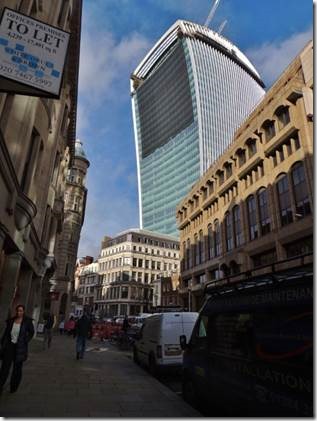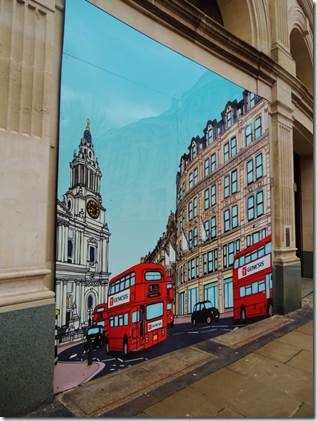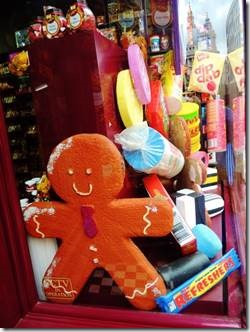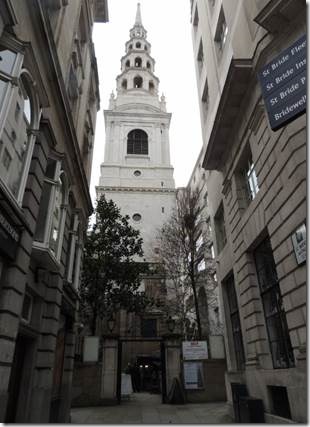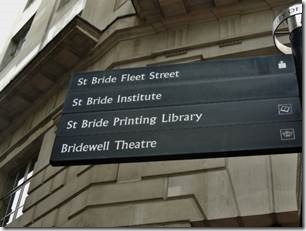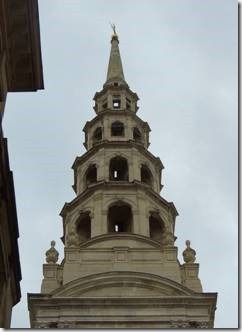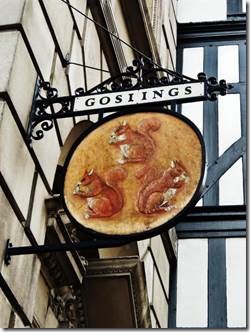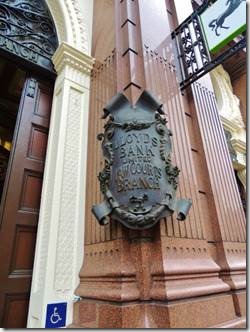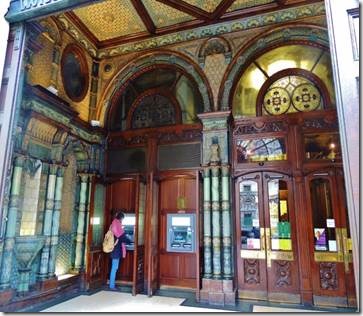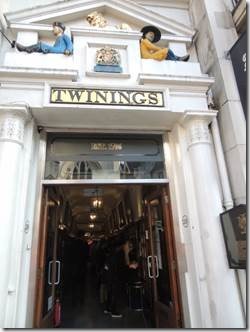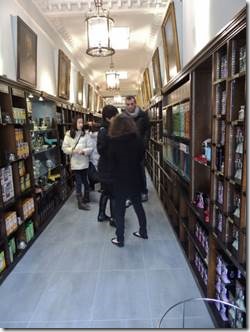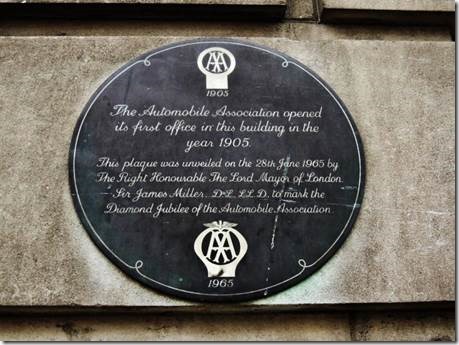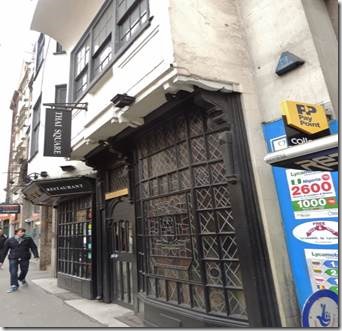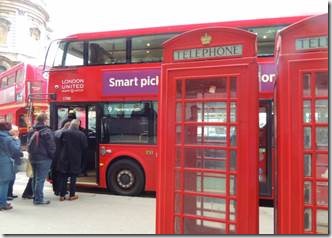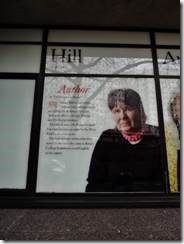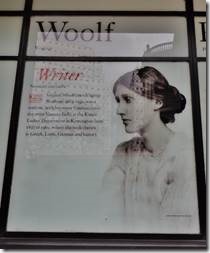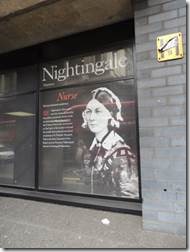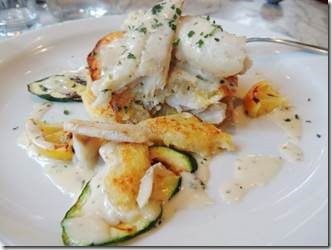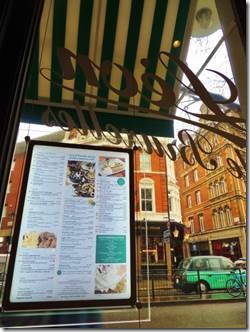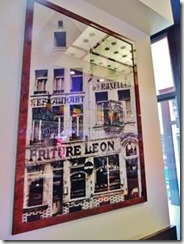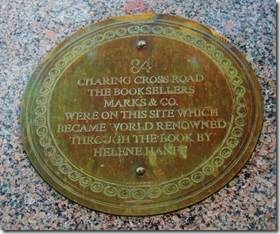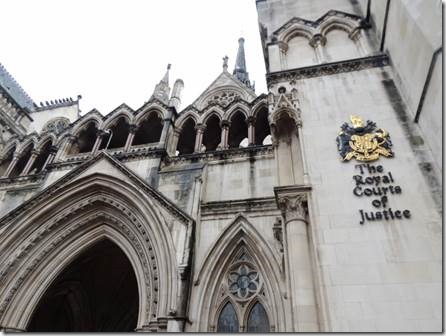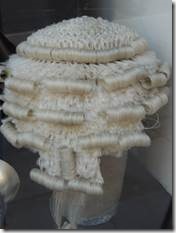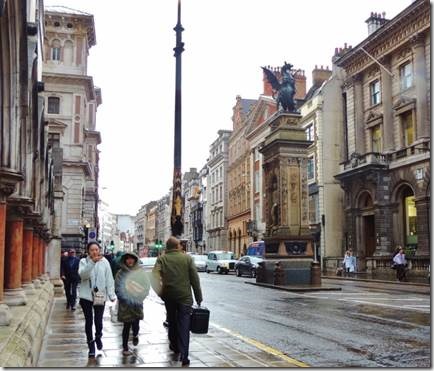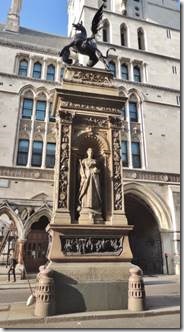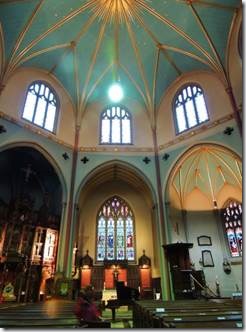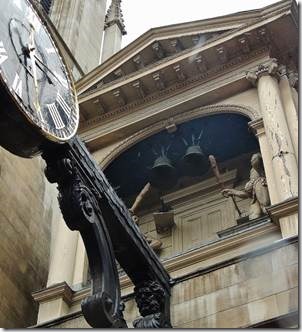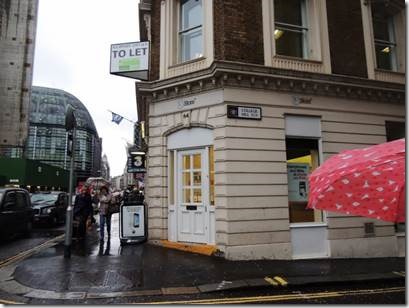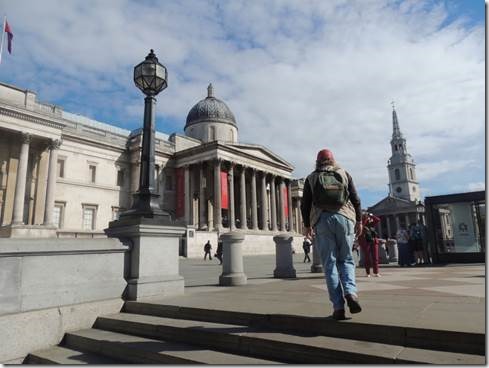Cheers,
Randal and I have been on a walking kick. Monday we walked about 5 miles back and forth to Queen Mary University and the Tower Hamlets Archives. Yesterday we walked about 5 miles back and forth to Charing Cross and the National Gallery. Today I’m actually happy to stay on the boat and finish this email as well as do laundry. And it’s raining so resting is a good idea. But not too much resting; we’re starting to run out of time. Our contract with SKD ends March 31.
I have about a billion emails begun, but then I realize I don’t know everything I want to know….and share….so I have to return to those places so the emails are on hold. For this one I just said, “the heck with it; it goes as it is and what I know now.” As always, I learn a great deal researching the photos I’ve taken so will probably at some point return to many of the places written about in this email. If I find some amazing stories, I’ll share them later.
As an aside, when we were in Tibet and Nepal, the World Cup was taking place and our traveling pals were cheering for The Netherlands so we followed along. Funny enough this year’s Superbowl went by almost un-noticed. Monday afternoon one of our fellow cruisers sent around this email.
“Hey all, I am very impressed/flabergasted. I believe we may be the only group of 10+ Americans (plus friends) who got together this Monday morning without one word of mention of Superbowl (Seattle won in a blowout.) Dick
Ru
Walk to Charing Cross
|
Starting off on a bright sunny day past the Walkie Talkie building on Eascheap Great Tower ˃˃Eastcheap˃˃Cannon St˃˃Fleet Street˃˃The Strand as we walked to Charing Cross Rd. |
|
Wall painting across from St Paul’s and the window of a candy shop |
|
Wedding Cake Church : sun has gone and clouds have come. Our friends Ed and Sue had told me several times about this “wedding cake church” so today when we walked by these St Bride signs I remembered what they’d said and peeked in. Randal had kept walking so I only took these few photos but will return one day for the tour they offer. Read the history of St Bride’s Church and you learn the history of London. From Roman times to the Plague, The Great Fire and Christopher Wren, the origins of Fleet Street journalism, the horrors of the Blitz, labor issues in the 1980s and commemorations of the deaths of journalists covering the world today. http://www.stbrides.com/history/index.html “THE CHURCH of St Bride’s is justly world famous. To enter its doors is to step into 2,000 years of history, which had begun with the Romans some six centuries before the name of St Bride, daughter of an Irish prince, even emerged from legend to become associated forever with the site. The story of St Bride’s is inextricably woven into the history of the City of London. By the time the Great Fire of 1666 left the church in ruins, a succession of churches had existed on the site for about a millennium, and the area had already assumed its unique role in the emergence of English printing. It took nine years for St Bride’s to re-appear from the ashes under the inspired direction of Christopher Wren, but for the next two-and-a-half centuries it was in the shadow of the church’s unmistakeable wedding-cake spire that the rise of the British newspaper industry into the immensely-powerful Fourth Estate took place. Then, in 1940, St Bride’s fell victim once again to flames as German incendiary bombs reduced Wren’s architectural jewel to a roofless shell. This time 17 years elapsed before rebuilding was completed, although a series of important excavations in 1953 amid the skeletal ruins, led by the medieval archaeologist Professor W. F. Grimes, came up with extraordinary results, uncovering the foundations of all six previous churches on the site.” http://www.stbrides.com/history/index.html is the link to the complete story. |
|
“Much has been written about the steeple, the most romantic tale of which is surely that of William Rich, apprenticed to a baker near Ludgate Circus. He fell in love with his master’s daughter and, when he set up his own business at the end of his apprenticeship, won her father’s approval for her hand in marriage. Rich wished to create a spectacular cake for the wedding feast, but was unsure how, until one day he looked up at the steeple of the church in which the marriage was to be held, and inspiration hit him: a cake in layers, tiered, and diminishing as it rose. Thus began the tradition of the tiered wedding cake.” http://www.stbrides.com/history/chapter-5-1666—1730.html#top |
|
Sign of “Ye Three Squirrels” caught my eye so then I had to some research. Interestingly it had a connection to Twinings Tea just down Fleet Street. “Goslings Bank was established in 1650 at the ‘Sign of Ye Three Squirrels’, now 19 Fleet Street. It amalgamated with Barclays Bank Ltd in 1896, but is still known as Gosling’s Branch. ….. The Twinings of successive generations had banked with Hoare’s Bank, 37 Fleet Street from 1725 to 1766 and Goslings Bank, 19 Fleet Street from 1766 to 1826.” ……… In 1818, Richard Twining II and his brothers George and John Aldred of the fourth generation succeeded their father and uncle in the management, and in 1825 added banking to their tea business. The first entry in the Bank books was on 12th November 1825. |
|
Fleet Street becomes The Strand just near the border between the City of London and the City of Westminster. “With trading and banking ceasing to go hand in hand, Twinings Bank, which had been in existence for 67 years, was amalgamated with Lloyds Bank in 1892, and was known as Lloyds Bank, Twinings Branch, 215 The Strand, until 1895, when it moved to 222 The Strand and is now merged with Lloyds Bank, Law Courts Branch. For many years the cheques of this branch showed ‘formerly Praeds and Twinings’. Praeds Bank was founded in 1803 at 169 Fleet Street; it was taken over by Lloyds Bank in 1891.” |
|
A quick peek into Twinings London : http://www.twinings.com/home.php As the great Victorian Prime Minister William Gladstone declared: "If you are cold, tea will warm you. If you are too heated, it will cool you. If you are depressed, it will cheer you. If you are excited, it will calm you." In Lewis Carroll’s Alice in Wonderland, the Mad Hatter’s tea party scene is an amusing parody of refined teatime niceties – where everyone talks, but nobody quite listens to what anyone else is saying. "Take some more tea," the March Hare said to Alice, very earnestly. "I’ve had nothing yet," Alice replied in an offended tone: "so I can’t take more." "You mean you can’t take less," said the Hatter: "it’s very easy to take more than nothing." |
|
One building that supposedly survived the Great Fire Thai Square located in what is reportedly the only Strand building to survive the Great Fire of London “This historical gem is the latest branch of Thai Square situated on the Strand, opposite the famous law courts. Formally trading as the famous Wig and Pen Club, this building is reputed to be the only one on the Strand to have survived the great Fire of London. Built in 1625, number 230 was the home of the Gatekeeper of Temple Bar who unwittingly began the catering tradition at this site by offering “pennorth of meat and bread” to the crowds who used to gather at the Temple Gate.” |
|
Iconic images of London : red phone booths and red double-deck buses |
|
Susan Hill, Virginia Woolf, and Florence Nightingale are my favorites on the King’s College wall of graduates. “King’s luminaries past and present are now brightening up one of London’s main thoroughfares. The front windows of King’s Strand Campus show some of our most famous alumni, together with descriptions of the contributions they have made to science, politics and the arts. The 50 head-and-shoulders images, which are up to two metres tall, are part of a ‘hall of fame’ stretching 90 metres between Somerset House and Surrey Street. They all represent people who have been associated with the College during its 180-year history. They range from the first Duke of Wellington (who fought a duel while Prime Minister in defence of his role in founding King’s), and Florence Nightingale (who founded the College’s School of Nursing), through to current PhD student and three-times Olympic rowing medallist Katherine Grainger, and medical student Lynsey Gawn who has skied to the South Pole. Other King’s characters on the Strand include five of the College’s nine Nobel Prize winners (among them Archbishop Desmond Tutu and Sir James Black), together with librettist WS Gilbert; Lord Lister, the founder of antiseptic surgery; Romantic poet John Keats; Bloc Party musician Kele Okereke; satirist Rory Bremner; Sir Ivison Macadam who established the National Union of Students, and Dame Cicely Saunders, founder of the modern hospice movement.” https://alumni.kcl..ac.uk/page.aspx?pid=1043 Why Susan Hill ? http://thecaptivereader.com/ captures exactly how I felt reading Hill’s Howard’s End is on the Landing a captivating tour of English literature that I will keep as a course to follow for my own reading. Great for book clubs! She also wrote The Woman in Black which, turned into a play has been playing here for years and is on my list to hopefully see before we leave. There is a recent movie too. Years ago I’d read Woolf’s A Room of One’s Own and being here near Bloomsbury has rekindled my interest. More recently when we’d planned to go up the Red Sea and visit Egypt (Pre-Somalia Pirates mess) I read about Florence Nightingale’s visit there during which she managed through her letters to convince her parents of her desire to have a life that wasn’t marriage and children. |
|
http://www.leon-de-bruxelles..co.uk/ 24 Cambridge Circus, WC2H 8AA. Cambridge Circus at the intersection of Shaftesbury Avenue and Charing Cross Road. 84 Charing Cross Road is no longer there. A Belgian restaurant (Leon’de Bruxelles) stands there instead. The lunch special was soup or breaded whitebait and mussels or fish and potato pancakes. Both Randal and I ate the fish and pancakes but he had the whitebait and I had the soup. It came with “French bread” and a soft drink for 7.95 £ which is most reasonable for London. |
|
Where the “City of London” meets the City of Westminster : small photos taken on a previous walk with Sue and Ed. And I think where Old Temple Bar stood. Old Temple Bar Temple Bar is the only surviving gateway to the City of London, where it once stood at the junction where the Strand meets Fleet Street for more than 200 years. A bar is first mentioned here in 1293, at which time it was probably no more than a chain (or bar) between wooden posts. Due to its vicinity to the Temple, an area where the guilds of lawyers organised into what would become the Inns of Court in an area that is now considered “Legal London”, it was commonly referred to as Temple Bar. Since its conception in 1351, Temple Bar is mentioned throughout history, whether it be stories of victorious kings returning through its arches, its opening to receive the marriage of Mary Tudor to Phillip of Spain, or the passing by of the funeral cortege of Henry VII’s Queen, Elizabeth of York. Perhaps one of the most significant of state events, was the great triumphal procession of Elizabeth I in celebration of the defeat of the Spanish Armada. The Lord Mayor waited at Temple Bar to present to the Sovereign the keys of the City, which Elizabeth I enhanced by presenting the Lord Mayor with a pearl encrusted sword, one of five City swords. This tradition has been preserved for more than 400 years, and the ceremony now is carried out on major state occasions where the Queen halts at Temple Bar to request permission to enter the City of London and is offered the Lord Mayor’s Sword of State as a sign of loyalty The site of Temple Bar was marked with the monument which still stands, a tall pillar with statues of Victoria and Albert, topped with a dragon.” |
|
Somewhere I’d read about St Dunstan-in-the-West so when we passed by I stopped in. http://www.stdunstaninthewest.org/history St. Dunstan-in-the-West has a long and illustrious history. Visitors are often struck by how St. Dunstan’s differs in appearance and style to other Anglican churches. The church looks traditionally Neo-Gothic on the outside, yet is octagonal inside. The church narrowly escaped the Great Fire of London in 1666. The quick thinking of the Dean of Westminster saved the church: he roused forty scholars from Westminster School in the middle of the night, who extinguished the flames with buckets of water. The Clock and Giants St Dunstan-in-the-West was a well-known landmark in previous centuries because of its magnificent clock. This dates from 1671, and was the first public clock in London to have a minute hand. The figures of the two giants strike the hours and quarters, and turn their heads. There are numerous literary references to the clock, including in Tom Brown’s Schooldays, the Vicar of Wakefield and a poem by William Cowper (1782): When labour and when dullness, club in hand, Like the two figures at St. Dunstan’s stand, Beating alternately in measured time The clockwork tintinnabulum of rhyme, Exact and regular the sounds will be, But such mere quarter-strokes are not for me. |
|
We buy our WiFi from 3 and are their best customers visiting them probably once each week. It is truly our biggest expense in London, other than maybe food. |
|
The National Gallery on a sunny day months ago when I took this photo. We stopped there to see Van Gogh’s Sunflower paintings. All free! We had to wait in-line but not for too long. Great art is amazing to see. No photos allowed but you can see the paintings on the website. |
The Sunflowers offers visitors the unique opportunity to witness the reunion of two of Vincent van Gogh’s iconic ‘Sunflower’ paintings – shown together in London for the first time in 65 years.
Visitors will be given the chance to compare and contrast these much-loved masterpieces side by side, while also exploring new research about the artist’s working practices.
The paintings, one owned by the National Gallery, the other by the Van Gogh Museum, Amsterdam (Vincent van Gogh Foundation) are two of the five versions of ‘Sunflowers’ that are now spread around the world (the others currently residing in Tokyo, Munich and Philadelphia).
The series dates from 1888, when Van Gogh left Paris to paint in the brilliant sunshine of the South of France, inviting Paul Gauguin to join him. Waiting for Gauguin to arrive, Van Gogh painted a series of pictures of sunflowers to decorate his friend’s bedroom. They were meant as a sign of friendship and welcome, but also of Vincent’s allegiance to Gauguin as his artistic leader. The pair worked together throughout autumn 1888 – but it ended very badly at the close of the year when Van Gogh seemed to have a nervous breakdown, famously cut off part of his ear and entered an asylum.
The display will also include the results of recent scientific research into the two paintings carried out by both institutions. These investigations have revealed new insights into how Van Gogh painted his ‘Sunflowers’ and what materials he used – giving us a deeper understanding of the making and meaning of these works of art, and of their relationship to each other.

